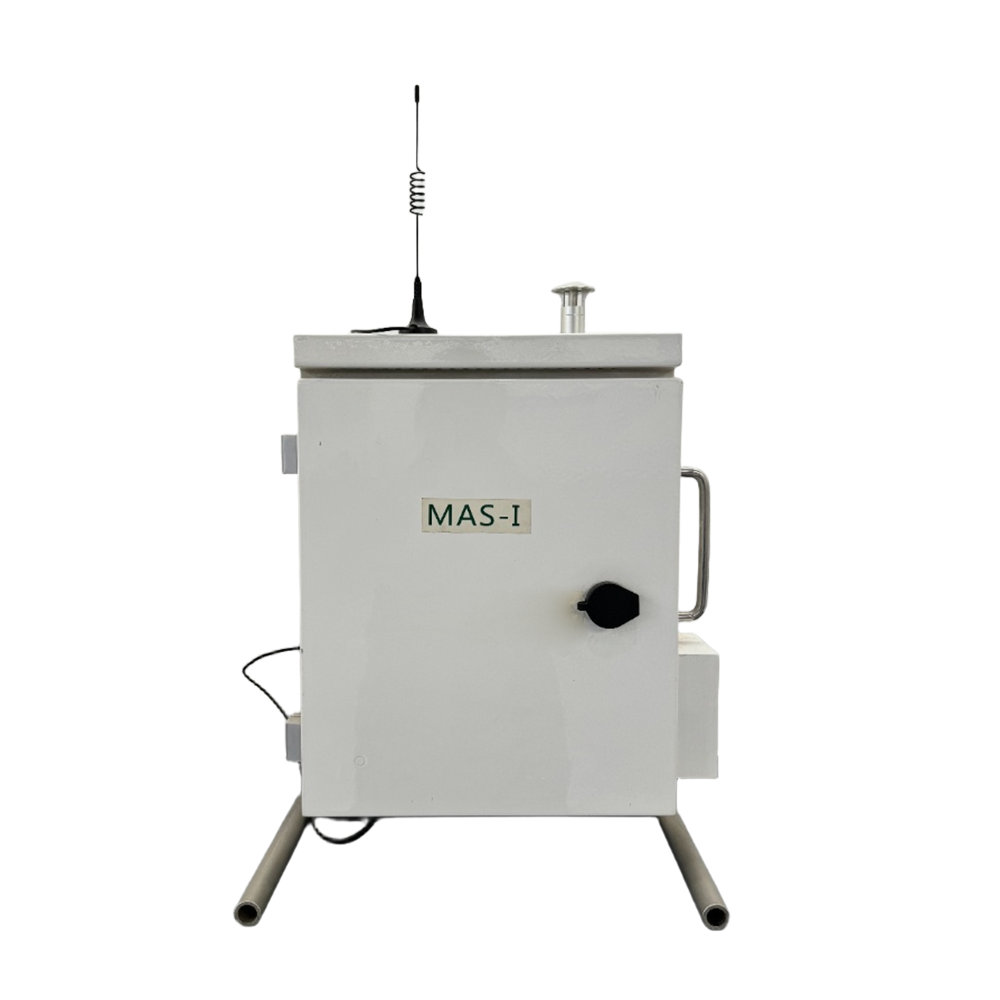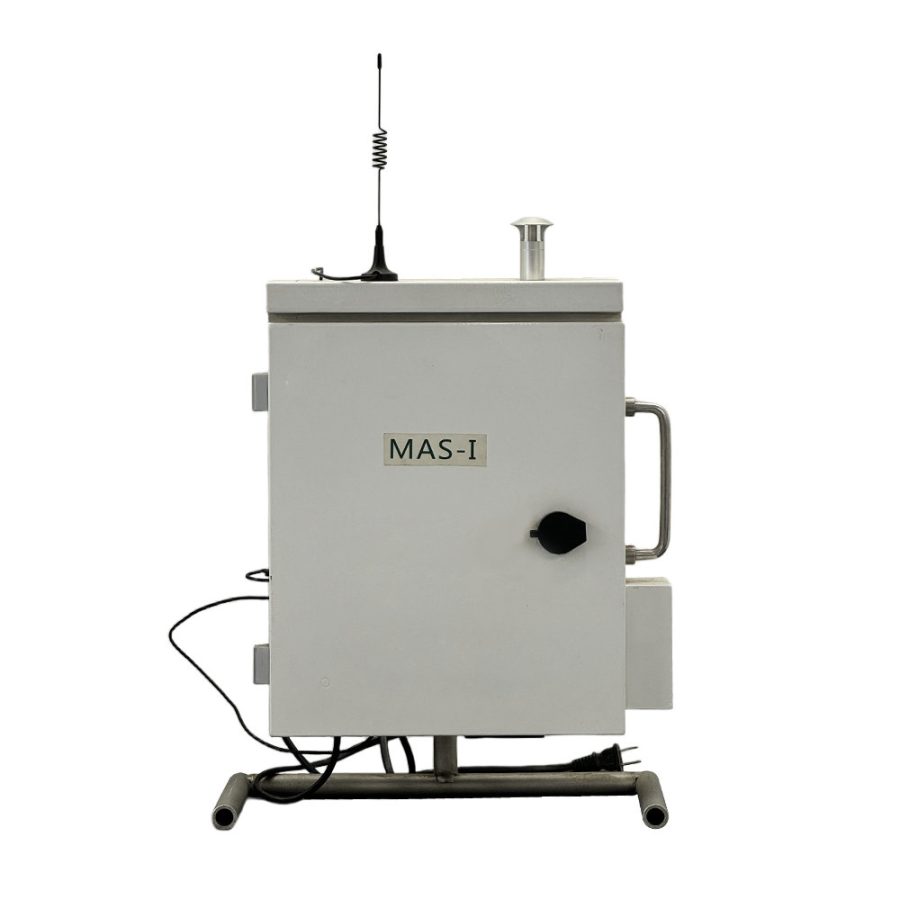Caractéristiques du produit
La microstation MAS-I est un produit économique lancé par notre société pour assurer une détection précise et en temps réel des polluants de l'air extérieur. Son coût est 35 fois inférieur à celui des stations de référence traditionnelles basées sur des analyseurs. Par rapport aux produits alternatifs moins chers sur le marché, la MAS-I peut fournir une base de données solide pour la plate-forme de la grille et peut être calibrée sur place pour assurer sa meilleure traçabilité.
Les utilisateurs peuvent personnaliser les paramètres mesurés par la microstation MAS-I en fonction de leurs propres besoins. Les options comprennent : les polluants standard ozone (03), dioxyde d'azote (N02), monoxyde de carbone (C0), dioxyde de soufre (S02), particules (PM2.5, PM10) ; ainsi que des paramètres météorologiques tels que le bruit, la température, l'humidité, la vitesse du vent, la direction du vent et la pression atmosphérique.
Paramètres du produit
| Méthode de contrôle |
Méthode de diffusion laser |
| Paramètres des particules |
PM1.0, PM2.5, PM10, TSP |
| Plage de concentration |
0-30(mg/m) |
| Contrôle de la précision |
0,1(ug/m ) |
| Débit |
1L/min ±5% |
| Cycle de détection |
Défaut 60s (6-999s réglable) |
| Température |
-50-100℃ : ±0.3℃ |
| Humidité |
0-100%RH ; Précision : ±3% |
| Paramètres du gaz |
00, S02, N02, 03 |
| LE CO |
0-12,5 ppm ; précision : ±5%F.S. |
| S02, N02, 03 |
0-2ppm ; ±5%F.S. |
| Vitesse du vent |
0-30m/s ; ±1m/s. |
| Direction du vent |
0-360° |
| Bruit |
30-130dB(A):3dB |
| Alimentation électrique |
DC12V/AC220V |
| Communication |
GPRS |
| Utiliser l'environnement |
-40℃-55℃/0-99%RH |
| Niveau d'étanchéité extérieur |
IP56 |
Caractéristiques du produit
Collecte de gaz
Selon la diffusion de l'air, le principe électrochimique est utilisé pour collecter les gaz dans l'air. Les gaz C0, S02, N02, 03 sont détectés.
Conception du parcours du gaz
Le capteur laser de particules de poussière adopte une protection contre les gaz de gaine, et le filtre avant est connecté en série avec la pompe à gaz d'échantillonnage. Le trajet du gaz est divisé en deux trajets à la sortie de la pompe d'échantillonnage. L'une des voies est connectée en série avec le filtre arrière et pénètre ensuite dans la cavité du capteur laser de particules. Le flux d'air propre après le filtre arrière fournit un flux d'air de protection pour le capteur, et l'autre chemin est directement évacué.


